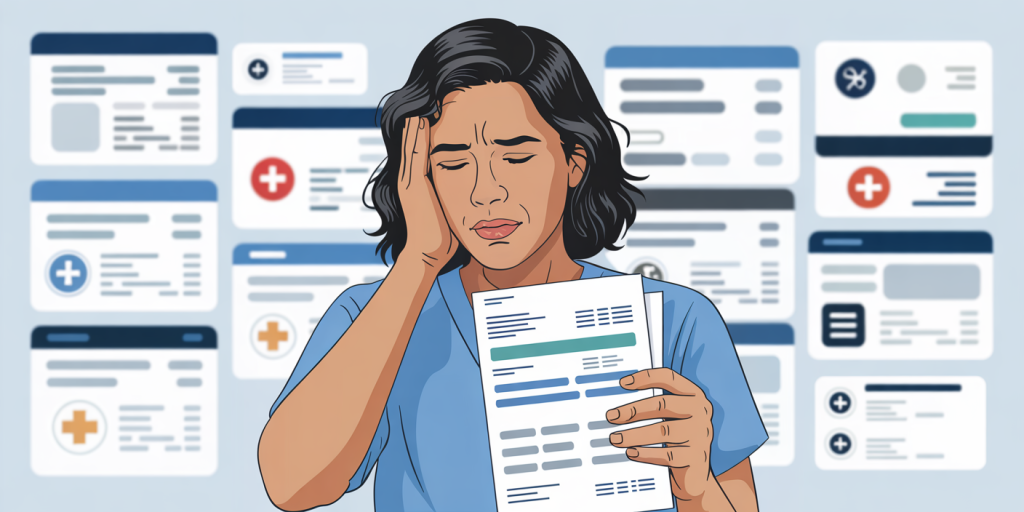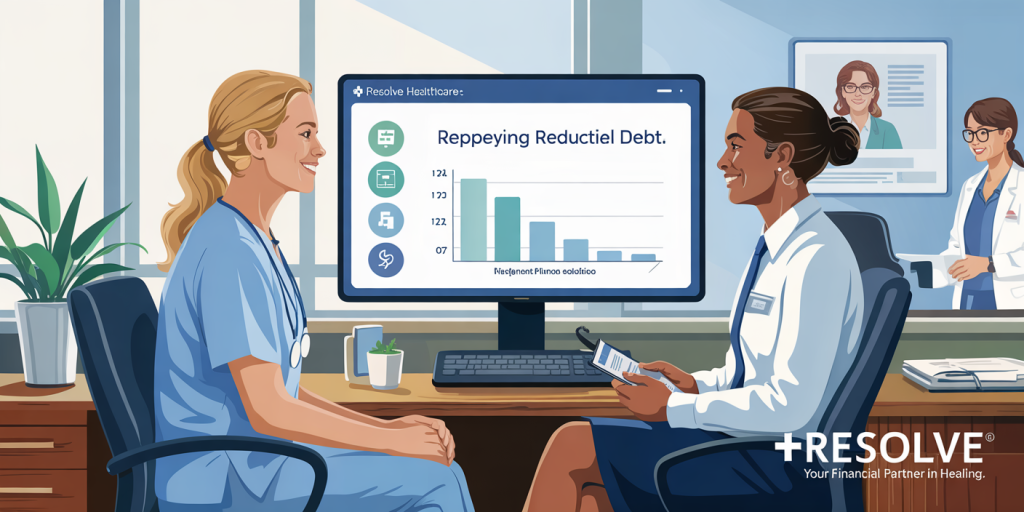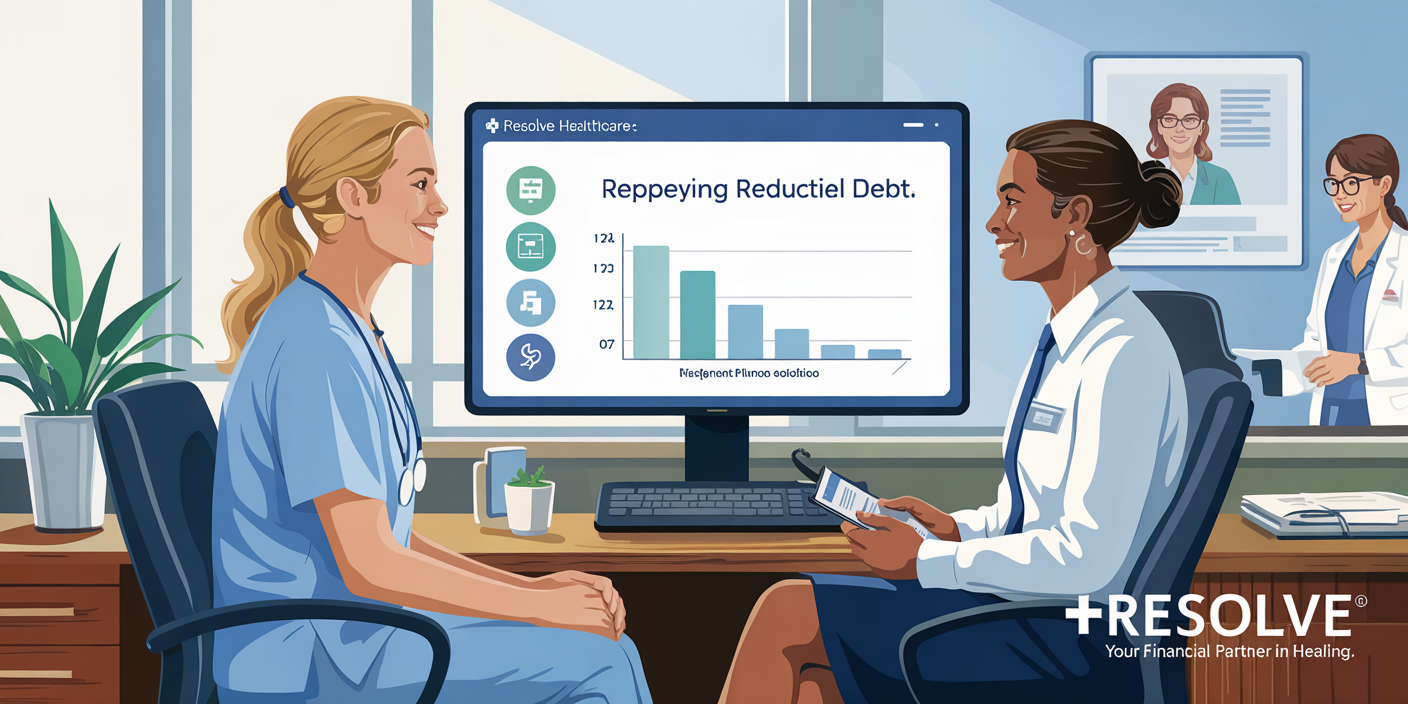How to Navigate Medical Bills Without Losing Your Mind
Medical bills are often an unexpected source of stress and confusion for many patients and their families. The complexity, sheer volume, and sometimes opaque nature of healthcare billing can leave individuals feeling overwhelmed, frustrated, and financially strained. According to a 2023 survey by the Kaiser Family Foundation, nearly 60% of uninsured and underinsured Americans have delayed or avoided medical care due to concerns over costs. Understanding how to effectively manage medical bills is essential for maintaining financial stability and peace of mind.

This article aims to guide you through actionable steps to take control of your medical expenses, offering practical advice and highlighting the importance of proactive management. We’ll explore common challenges, techniques for accurate bill review, negotiation strategies, and resources that can help reduce the burden of medical debt.
Understanding the Anatomy of a Medical Bill
Medical bills are notoriously difficult to decipher due to billing jargon, itemization, and the involvement of multiple parties, often including hospitals, doctors, labs, and insurance companies. A typical bill may list various codes such as CPT (Current Procedural Terminology) codes and ICD (International Classification of Diseases) codes, which can appear cryptic to someone unfamiliar with medical billing systems.
For example, a patient receiving treatment for bronchitis might see line items that include a consultation fee, diagnostic tests, medication charges, and facility fees. Each of these might be charged separately by different entities. Understanding these components enables patients to identify errors and ensure that they are only being charged for services rendered.
Hospital billing errors are more common than many realize. A study published in *Health Affairs* in 2022 revealed that billing inaccuracies could affect up to 30% of medical bills, often inflating costs substantially. Overcharges might include duplicate billing, incorrect patient information, or charges for services never received.
Steps to Review and Verify Medical Bills Effectively
One of the first steps to avoid unnecessary financial drains is to meticulously review medical bills once they arrive. This means not just glancing at the total amount due but breaking down each charge to identify inaccuracies or discrepancies.
Start by requesting the itemized bill if only a summary is provided. Carefully match each service and charge to the treatments or tests you remember receiving. If you have an electronic medical record (EMR) portal, cross-reference the documentation of your visits with the charges listed. For example, if a bill includes laboratory tests you never underwent, flag this inconsistency immediately.
It is also important to verify that your insurance company processed the claim correctly. Sometimes, providers submit charges in ways that don’t align with your insurance benefits, leading to unexpected out-of-pocket expenses. Contact your insurer to clarify claim statuses and request an Explanation of Benefits (EOB) document. This record details what your insurer has paid and what portion they expect you to cover, helping you contest any discrepancies.
Negotiation Strategies: How to Lower Your Medical Debt
Many consumers assume that medical bills are non-negotiable, but in reality, hospitals and providers often have flexible policies for payment plans, discounts, or write-offs, particularly if financial hardship is demonstrated.
Start by contacting the billing department and explaining your financial situation. Some hospitals provide hardship programs that reduce bills based on income or offer sliding scale payments. For instance, a 2021 report by the Consumer Financial Protection Bureau (CFPB) highlighted how patients who proactively negotiated their bills saved an average of 30% off their total medical expenses.
Another practical approach is to negotiate a lump-sum settlement. Providers may prefer receiving immediate partial payment rather than facing the uncertainty of prolonged collection efforts. For example, a patient with a $5,000 hospital bill successfully negotiated a $3,500 settlement after explaining their job loss due to the pandemic, as documented in a *New York Times* case study in 2022.
If negotiation efforts do not succeed, consider consulting a medical billing advocate. These professionals specialize in identifying billing errors, negotiating with providers, and navigating insurance complexities for a fee or percentage of savings.
Utilizing Insurance and Assistance Programs to Your Advantage
Health insurance plays a critical role in mitigating healthcare costs, but it requires careful understanding and active management. Many people do not realize that their insurance plan may cover additional benefits such as secondary reviews or patient assistance programs.
For example, some policies include coverage for dispute resolution or offer customer service representatives who can expedite claim reviews and error corrections. Additionally, government programs like Medicaid and Medicare provide some patients with protections against excessive billing.
Charitable organizations also exist to help those facing overwhelming medical debt. Non-profits such as the HealthWell Foundation offer grants for individuals with specific chronic conditions, assisting with copays and treatment costs. A 2023 report by Patient Advocate Foundation showed that those enrolled in such assistance programs reduced their medical debt by an average of $1,200 annually.

Technology Tools That Simplify Medical Bill Management
Technology is increasingly crucial in keeping medical bills organized and under control. Numerous apps and platforms are designed to help patients monitor their healthcare expenses, detect billing errors, and automate payments to avoid late fees.
For example, tools like “MedBills” or “TrueCare” allow users to upload bills, receive alerts about potential errors, and track insurance reimbursements and payments in real-time. According to a 2022 survey by the Pew Research Center, 45% of patients using medical bill management apps reported fewer billing mistakes and improved timely payment compliance.

Comparing common billing management tools:
| Feature | MedBills | TrueCare | SimpleHealth |
|---|---|---|---|
| Automated alerts | Yes | Yes | No |
| Insurance integration | Yes | Partial | Yes |
| Negotiation support | Limited | Extensive | Moderate |
| Cost | Free with premium option | Subscription-based | Free |
Using these tools can not only save time but also reduce anxiety by demystifying billing processes.
Preparing for the Future: Trends in Medical Billing and Patient Advocacy
Looking ahead, healthcare systems are moving toward greater transparency and patient empowerment in billing. Legislative efforts such as the No Surprises Act, enacted in 2022, mandate clearer billing practices and protect patients from unexpected out-of-network charges. This law has already reduced surprise billing incidents by an estimated 20% nationwide as of early 2024, according to the Department of Health and Human Services.
Moreover, artificial intelligence (AI) and machine learning are being integrated into billing systems to minimize errors and improve claim accuracy. These technologies will likely enable patients to receive more straightforward, real-time billing information directly on their devices, reducing confusion.
Patient advocacy is also gaining momentum, with community organizations and healthcare providers offering education on rights and resources. This cultural shift aims to make navigating medical bills less intimidating, resulting in better financial and health outcomes.
Navigating the complex world of medical billing is challenging but not insurmountable. With informed strategies, leveraging modern tools, and understanding your rights and resources, it is entirely possible to manage medical expenses without sacrificing mental health or financial security. Being proactive, meticulous, and communicative remains critical in transforming what was once a daunting experience into a manageable part of healthcare.
